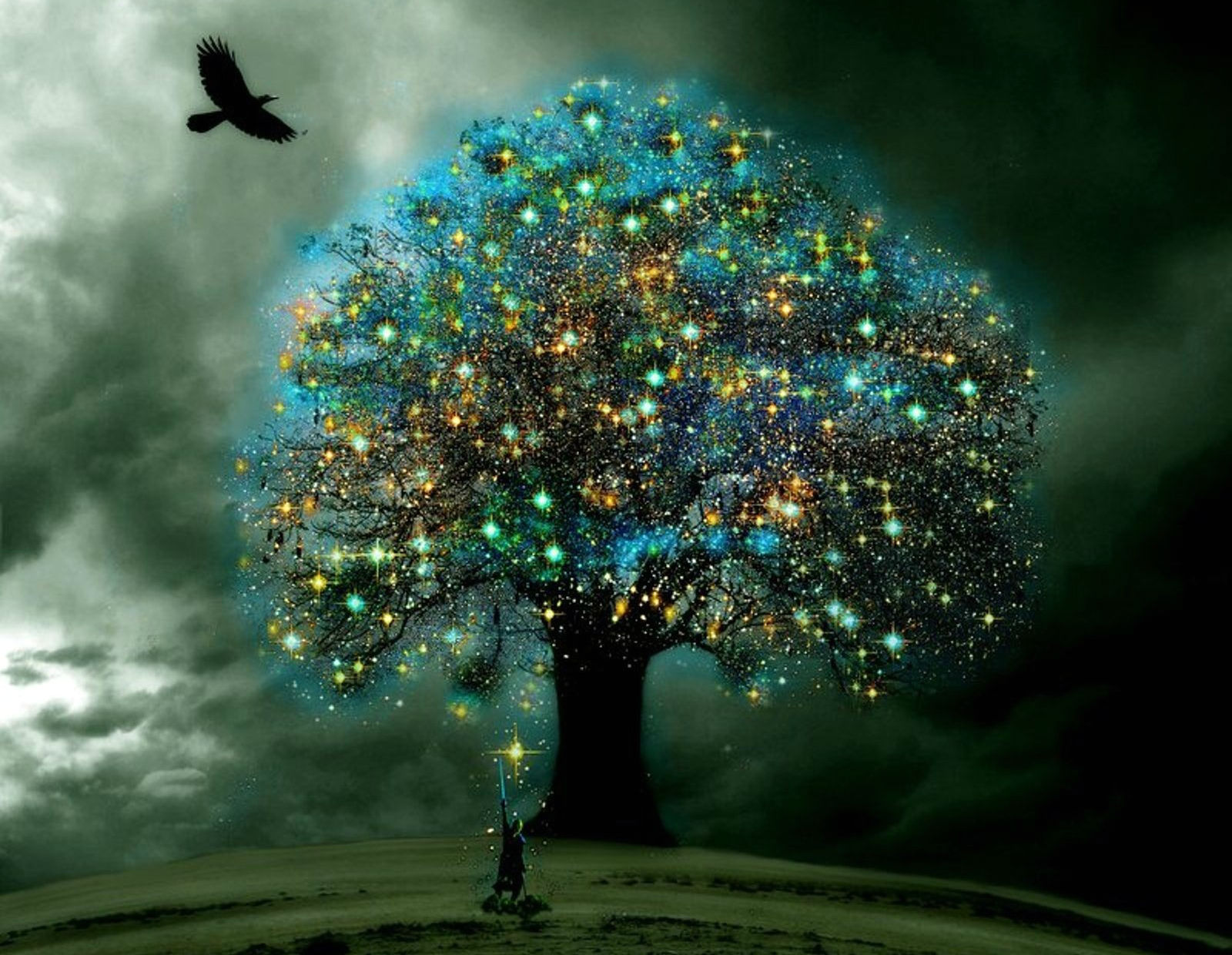
In 2015, the Chicago Park District and partners, with the input of community members and other stakeholders, created the Montrose Point Bird Sanctuary Master Plan to help guide future management of the site. Ecological enhancements to the area first began in the 1980s, with the introduction of bird-friendly native shrubs such as nannyberry, serviceberry, and sumac. Long after the Army left, the honeysuckle, now known to be an invasive species, remained and still forms much of the structure of The Magic Hedge. Honeysuckle was planted to screen them from public view. In the mid-20th century, the Army leased land at Montrose and built two barracks. “The Magic Hedge” at Montrose Point Bird Sanctuary did not just appear on its own. Help keep wildlife wild, safe, and healthy by following posted signage and Natural Areas Rules and Regulations. Important migrants include most species of warblers seen in the Chicago area, thrushes, sparrows, purple martins, woodpeckers, owls, and many others.īirding organizations continue to help with public education about the importance of the site, and much of the work that has been done to get the site to its current state of health has been through the support and leadership of dedicated community volunteers. Learn more about ways to get involved in the stewardship of this site by visiting our Community Stewardship Program page.


Over 300 species of birds have been recorded at Montrose Point Bird Sanctuary and the adjacent Montrose Beach Dunes Natural Area, making it an internationally recognized area for birding. Within the natural area is “The Magic Hedge”, a 150-yard stretch of shrubs and trees, so-called because it attracts a curiously high number of migratory birds. Located in Lincoln Park, Montrose Point Bird Sanctuary attracts tens of thousands of migratory birds to rest, eat, and shelter each spring and fall.


 0 kommentar(er)
0 kommentar(er)
